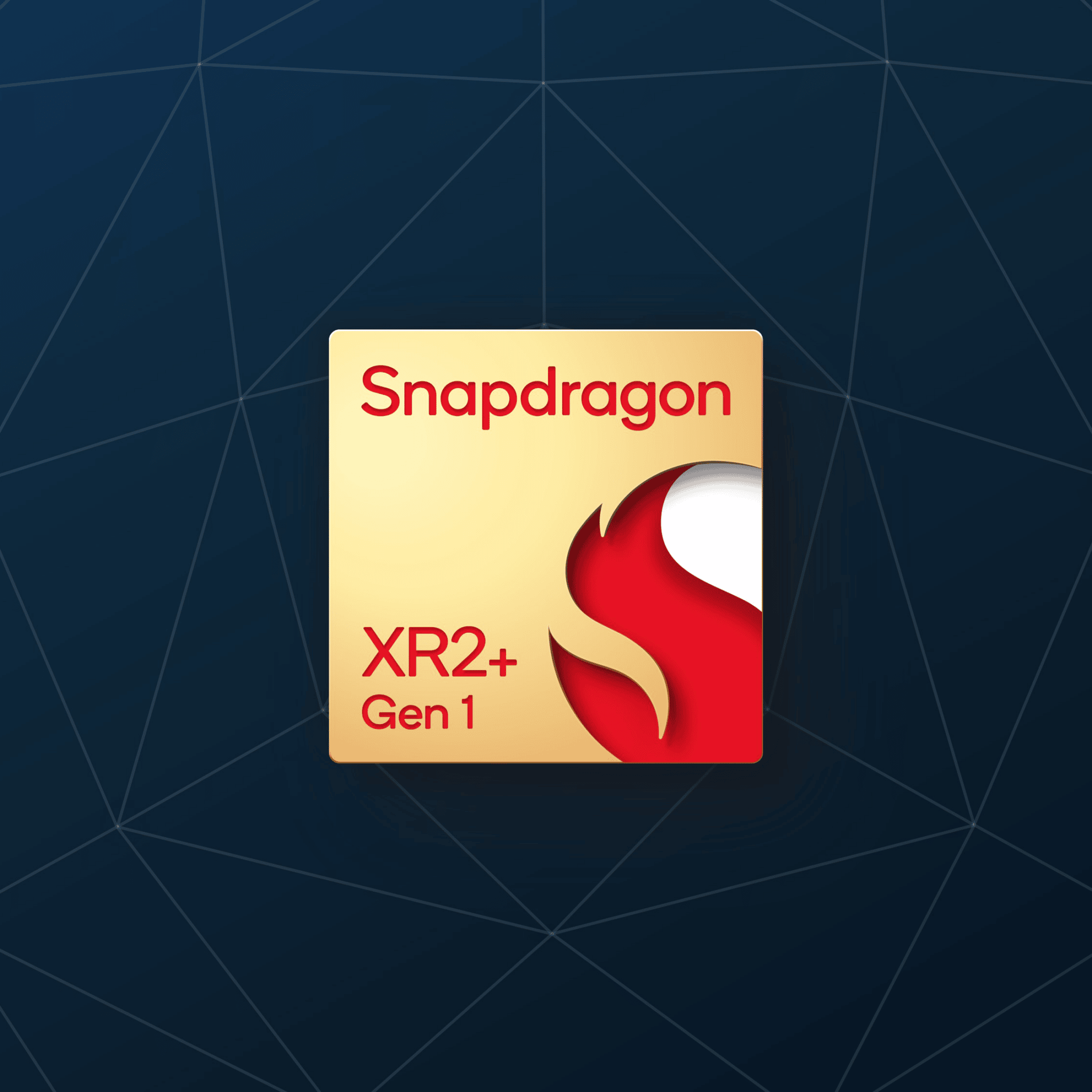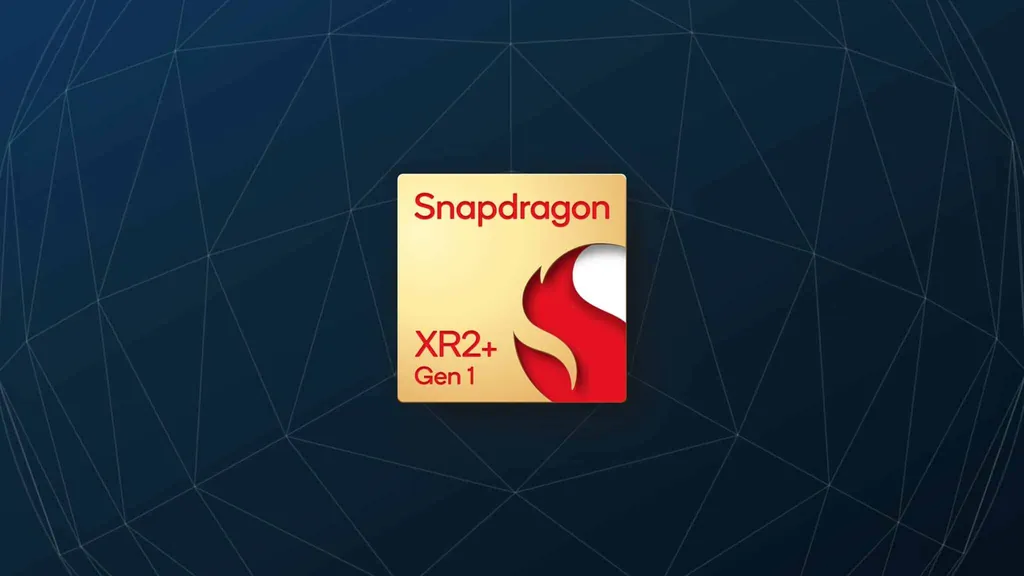Quest Pro is the first headset with Qualcomm’s Snapdragon XR2+ Gen 1 chipset, and supports foveated rendering.
Other current standalone headsets – including Quest 2, Pico 4, Vive Focus 3, and Lynx R1 – use the regular XR2, recently retroactively labeled Gen 1. It has the RAM stacked on top of the chip, whereas XR2+ has the RAM to the side to enable better thermal dissipation and thus higher sustained performance.

Qualcomm said XR2+ can deliver “50% higher sustained power” and said “multiple” other OEMs will announce devices using it by the end of the year.
Meta said Quest Pro has “50% more power than Quest 2 with better thermal dissipation, resulting in significantly better performance”. However, a representative told UploadVR that figure “refers to the increased SoC power that supports additional sensors and new use cases”, and apps not using these new features will only have “a little more performance headroom”.
Recent import logs suggest Quest 3 may have a GPU at least twice as powerful as Quest 2. But those logs are indicative of early test chips, not mass production.
| Headset | Snapdragon Chipset | RAM | Foveated Rendering |
| Quest 2 | XR2 Gen 1 | 6GB | 𐄂 |
| LYNX R1 | XR2 Gen 1 | 8GB | 𐄂 |
| Pico 4 | XR2 Gen 1 | 8GB | 𐄂 |
| Pico 4 Enterprise | XR2 Gen 1 | 8GB | ✓ |
| Vive Focus 3 | XR2 Gen 1 | 8GB | $249 add-on |
| Quest Pro | XR2+ Gen 1 | 12GB | ✓ |
Quest Pro also has built-in eye tracking and supports Eye Tracked Foveated Rendering – a technique where only the small region of the display you’re currently looking at is rendered in full resolution, thus freeing up performance since the rest is lower resolution. That extra performance can be used to improve the graphical fidelity or for higher perceived render resolution.
However, Meta CTO Andrew Bosworth cautioned that given the overhead of eye tracking, the result is actually a “relatively minor optimization”. This echoes comments made by “Consulting CTO” John Carmack last year warning of “unrealistic hopes of 10x improvements”.
Meta’s headsets have supported Fixed Foveated Rendering – rendering the edges of the lens in lower resolution – since Oculus Go six years ago, and Carmack claimed Eye Tracked Foveated Rendering “won’t even get 2x” compared to this.
You can definitely do things with it, but many people got unrealistic hopes of 10x improvements. You won’t even get 2x versus fixed foveation.
— John Carmack (@ID_AA_Carmack) May 12, 2021
Still, given the extreme performance constraints of mobile chips, even marginal improvements should be a welcome benefit for VR developers.




























